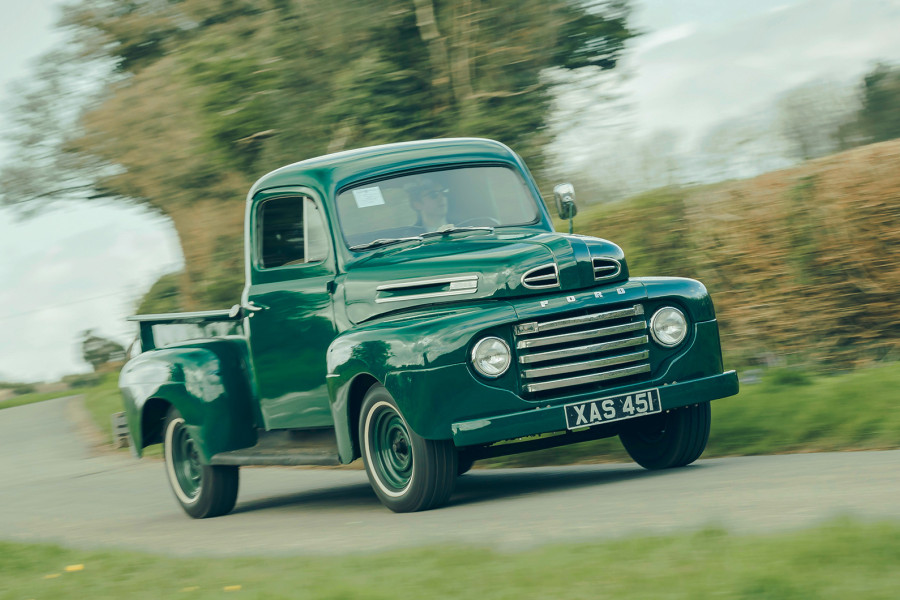
It was the first car to come out of an integrated Ford Europe. With its long nose and trimmed rump, it was pretty outrageous in 1969 – though it was designed to have universal appeal via its multiple permutations and personalities.
Shunned by much of society but still with a keen following, the fact that the Capri is so recognisable, 50 years after it was launched at the Brussels Motor Show on 24 January 1969, shows that it made the right impression. Just look at the sales figures: nearly 1.9m were built in 20 years.
Yet what began as so hip could go awry in the wrong hands, from Del-Boy’s lime-green Mk3 in Only Fools and Horses to Terry McCann’s Laser in later series of Minder. John Wayne parking a yellow Mk2 in a skip in Brannigan probably helped the image more than The Professionals’ rather self-conscious ‘S’. But it wasn’t always that way.

GT sports signature black bonnet, spotlamps and RoStyles
In the beginning, the image was the Mk1, and a GT XLR in bronze with black bonnet, on RoStyles, is still cool. And throughout the myriad models and options Ford managed to nudge the Capri back on message – this is a simple good-looker with enough go.



















